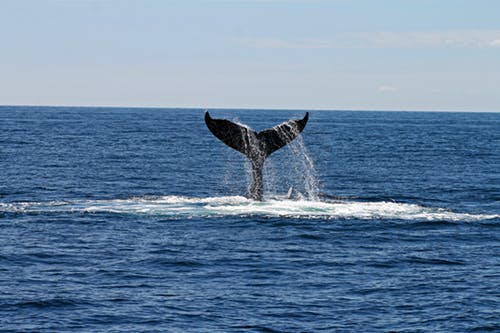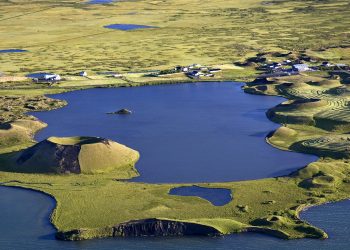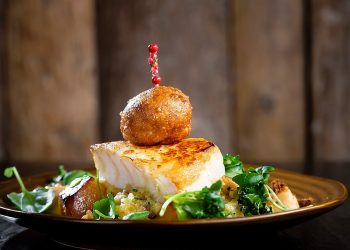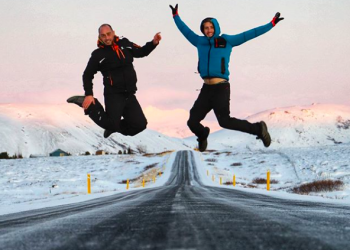Enjoy whale watching from harbours all around Iceland’s coast
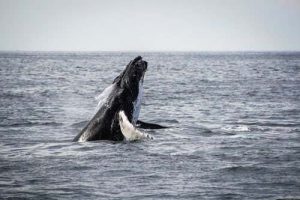
Many species of whales can be seen in the waters around Iceland. The cool, clear North Atlantic Ocean encircling Iceland is rich with food for whales of various sizes and species. Most common are minke whales and white-beaked dolphins, but killer whales are also frequently seen. The most famous killer whale of all times, Keiko, perhaps better known as Willy, was born and caught in Icelandic waters.
Currently, 23 species of cetaceans are being spotted in Iceland. If you are lucky, you can see the huge humpback whales, waving their flukes and sometimes leaping, a sight that will amaze you. Humpback whale flukes are large, notched in the centre, and the whales nearly always show them when leaving the surface. Sperm whales are rarely spotted and pilot whales only at times. Porpoises frequently leap near the whale watching boats and follow them playfully around.
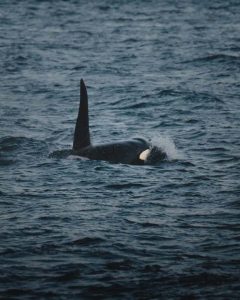
Whale watching around Iceland
In the north of Iceland, the main whale watching port is Húsavík (Husavik); in the Midwest are Ólafsvík (Olafsvik) on the Snæfellsnes (Snaefellsnes) peninsula and Höfn (Hofn) in the southeast of Iceland. The ports on the Reykjanes Peninsula are Keflavík (Keflavik), Sandgerði (Sandgerdi) and Grindavík (Grindavik) which are only a 40-45 minute drive from the capital Reykjavík (Reykjavik) and only 5 minutes from Keflavik International Airport. Whale watching is also available from the capital area, both from Reykjavík and Hafnarfjörður (Hafnarfjordur) harbour.
Whale watching is probably the single most popular activity for tourists in Iceland during the summer time and it´s growing, although it is still far from being too commercial. The spotting locations are not swarming with other crafts full of tourists. Small groups are taken out. There are usually no other vessels except those of the local fishermen and, apart from sighting the majestic whales, the tour operators usually try to show their guests a variety of sea birds, such as the Atlantic Puffin and sometimes you can see some seals.
One of the most amazing mammals in the world, whales can boast of being the biggest animal ever, the mammal with the longest migration, the deepest-diving mammal and one that is capable of emitting the loudest noise in nature. In the world, there are about 90 different kinds of cetaceans: whales, dolphins and porpoises that have been recognised and registered as a special breed. About 10 new species of cetaceans have been discovered in the last 10 years.
Icelandic waters cover areas of the cold Arctic Ocean in the north, to the warmer North Atlantic Ocean in the south. Various ocean currents are constantly bringing food and creating conditions for good food areas where the currents meet. The long sun period during the summer provides good conditions for krill and other crustaceans, the basic food of the oceans.
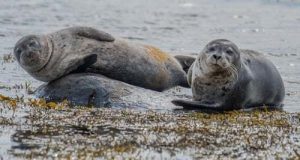
Seals
Iceland´s vast and uninhabited coast still offers many inaccessible areas which provide sanctuary for the two species of seals that give birth to their pups in Iceland. The harbour seal is more common than the grey seal, with numbers in the tens of thousands. All the other seal species frequenting the Arctic can be found along the shore from time to time, even though visits from some are considered a rarity.

